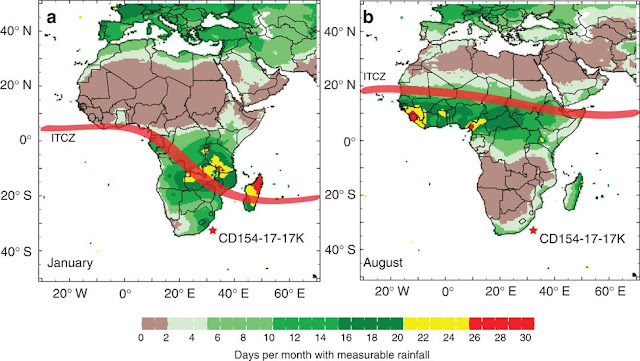Blog
Four-Ecosystem Services Critique
I initially intended for my fourth blog to continue and
expand on the discussion of wetlands and ecosystem services. However, having
come across an interesting review paper which looks at Ecosystem Services more
conceptually, this blog will step back from the wetlands focus. Instead it will
centre on discussing conceptual critiques of ecosystem services, through
assessment of some aspects relevant to Water and Development in the academic papers:
‘Ecosystems service as a Contested Concept’ (Schroter, et al., 2014) , as well as mentioning
several other relevant supporting literatures.
The Schroter paper outlines recurring critiques of the
Ecosystem Services concepts, as well as counter-arguments to these, and an
‘envisioned way forward’ from this. The authors highlight seven points of
criticism of ecosystem services, and split these into three categories of critique;
ethical concerns, strategy flaws in conceptions of Ecosystem Services, and
criticisms related to Ecosystem Services as sciences. These are shown in a
reduced version of a table from the article.
|
Category
|
Point of Criticism
|
Argument
|
|
Ethical Concerns
|
Environmental Ethics
|
Excludes natures intrinsic value
|
|
Human-Nature Relationship
|
Aids exploitative H-N relation
|
|
|
Strategy Flaws
|
Conflicts with concept of biodiversity
|
Could replace biodiversity aims
|
|
Valuation
|
Often reliant on economic valuation
|
|
|
Commodification
|
Based on payment protecting ES
|
|
|
Criticisms of ES as Science
|
Vagueness
|
Vaguely defined ‘catch-all’
|
|
Optimistic Assumptions
|
Sees nature as always beneficial
|
This table illustrates that there are clear flaws with
the ES concept. The main arguments from the paper
which are of particular relevance to Water and Development in Africa are those linked
to ethical concerns and strategy flaws. Predominantly, this is as ES
revolves around perceiving nature as a resource, something to be manipulated
for human benefit, with the only conceptions which can help to protect it being
monetary valuations. ES becomes just a managerial interference with nature, whether
that be in attempts to protect or safeguard nature, or in providing necessary
usages. Of course it is important to meet needs for people, particularly in
developing and water scarce areas such as much of Africa. However this should also be in a
way that protects ‘the flora and fauna that we see around us in all their diversity are both priceless
and worthless’ (Reid, 2012) , with value far
beyond these usage ones, and the ES focus on economic value and provision can conflict with the concept of biodiversity. This is deeply problematic in a market driven world where valuation is arguably pivotal in any attempt to integrate environmental protection into wider agendas.
However, despite outlining multiple criticisms of Ecosystem
Services, Schroter et al go on to offer both counter arguments to each, as well as
ways forwards. Of particular relevance in an African context is the counter-arguments
to environmental ethics and the human-nature relation. These focus on the
understanding that ES contains valid anthropocentric arguments, and that
recognition of need for biodiversity to support human ways of life can aid
arguments to protect the environment and improve societal connections to nature. Relatedly, linked concerns to valuation and commodification can begin to be
overcome, through recognition that they are simply tools to aid decision making,
allowing informed development whilst maintaining ecosystem services and
biodiversity. These don’t resolve the issues of ES, and still reduces nature to
a resource in some regard. Nonetheless, it is important to recognise that they
could be useful in some contexts and situations, and offer a novel and
interesting technique, despite their flaws. Essentially, they are the necessary and pragmatic approach to nature conservation that we need.
In my next blog I
intend to take these ideas and apply them more directly to Africa and Wetlands,
as well as beginning to broach discussion between rural and urban ecosystem service
utilisation.


